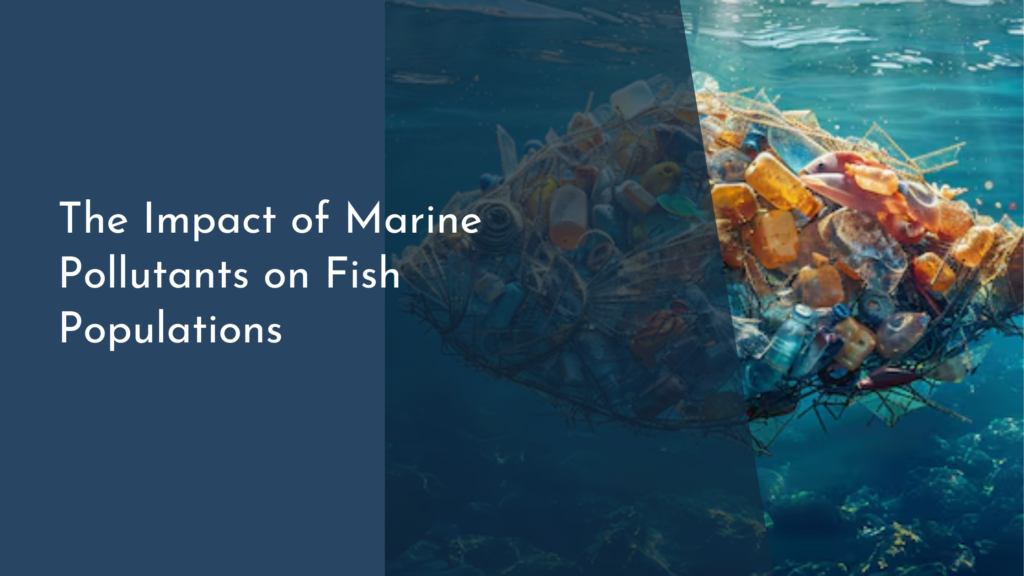The Role of Rainwater Harvesting in Disaster Resilience Plans
Rainwater harvesting is gaining recognition as a vital component of disaster resilience plans worldwide. In an era where natural disasters—ranging from floods to prolonged droughts—are becoming increasingly common due to climate change, communities are looking for innovative ways to ensure water security. By capturing and storing rainwater, we can not only alleviate pressure on conventional water supply systems but also enhance our ability to withstand and recover from environmental shocks. This article explores the various roles that rainwater harvesting plays in disaster resilience planning, showcasing its benefits, community engagement potential, and future innovations.
The Importance of Rainwater Harvesting in Disaster Resilience
Rainwater harvesting involves collecting and storing rainwater for various uses, which serves as a critical strategy in disaster resilience planning. As traditional water sources become strained due to climate fluctuations and population growth, harvesting rainwater provides an alternative water supply during emergencies. This decentralized method contributes to a community’s overall water security, allowing residents to access clean water even when conventional systems fail. In addition, it reduces the dependency on groundwater, which is often over-extracted and vulnerable to pollution.
Moreover, the implementation of rainwater harvesting systems can lead to significant economic savings for communities. By investing in rainwater collection infrastructure, municipalities can reduce the costs associated with water treatment and distribution. This becomes particularly valuable in disaster scenarios, where resources are stretched thin, and communities need to prioritize spending. On a broader scale, effective rainwater harvesting can enhance ecosystems, improve local biodiversity, and reduce the impact of climate change—making it an essential component of any comprehensive disaster resilience plan.
How Rainwater Systems Mitigate Flooding and Drought Risks
Rainwater harvesting systems play a crucial role in mitigating the risks associated with both flooding and drought. During heavy rainfall, these systems can effectively manage runoff by capturing excess water that would otherwise contribute to flooding. By redirecting rainwater from rooftops, driveways, and other impervious surfaces into storage tanks, communities can minimize the burden on drainage systems, reducing the risk of urban flooding. This proactive approach not only protects homes and infrastructure but also helps recharge local aquifers, promoting long-term water availability.
Conversely, during periods of drought, rainwater harvesting systems serve as a lifeline. By capturing and storing rainwater from sparse rainfall events, communities can maintain their water supply when surface water bodies are low. This sustainable practice can provide access to irrigation for agricultural purposes, ensuring food security even in times of water scarcity. As the frequency and intensity of drought events increase, incorporating rainwater harvesting into disaster resilience plans becomes increasingly vital for safeguarding both livelihoods and ecosystems.
Building Community Resilience Through Sustainable Practices
Community engagement is essential for the successful implementation of rainwater harvesting systems. By involving residents in the planning and execution of these sustainable practices, communities can foster a sense of ownership and responsibility toward their water resources. Educational programs that highlight the benefits of rainwater harvesting can empower individuals to install their own systems, promoting a culture of sustainability. These initiatives not only enhance local water security but also strengthen community bonds, as neighbors collaborate to improve resilience against disasters.
Moreover, rainwater harvesting can serve as a catalyst for broader conversations around sustainability and climate action. By showcasing the multiple benefits—such as reduced flooding, conservation of resources, and ecosystem health—communities can mobilize support for additional green initiatives. As awareness grows, residents may be more inclined to adopt other sustainable practices, creating a ripple effect that enhances community cohesion and resilience in the face of challenges.
Future-Proofing Our Cities: Innovations in Rainwater Use
The future of rainwater harvesting is bright, with ongoing innovations making systems more efficient and accessible than ever before. Advanced technologies, such as smart sensors and IoT devices, are being integrated into rainwater harvesting systems to monitor water levels, quality, and usage in real-time. These innovations enable communities to optimize their water resource management, ensuring that harvested rainwater is used effectively. Additionally, the development of modular and portable rainwater collection systems is making it easier for urban residents to adopt these practices, regardless of their living circumstances.
As cities continue to evolve, integrating rainwater harvesting into urban planning is essential for future-proofing against climate challenges. Planning for green roofs, permeable pavements, and community gardens can significantly augment rainwater harvesting efforts while creating green spaces that enhance urban aesthetics. By prioritizing such innovations, we can create vibrant, resilient cities that not only survive but thrive in the face of natural disasters. The journey toward sustainable urban living is well underway, and rainwater harvesting is leading the charge!
In conclusion, rainwater harvesting is a powerful tool in the fight for disaster resilience and sustainability. Its ability to mitigate flooding and drought risks not only secures water supplies during emergencies but also fosters community engagement and resilience. As cities continue to innovate and adapt to climate challenges, rainwater harvesting will undoubtedly play a pivotal role in shaping our urban landscapes. By embracing this practice, we can cultivate a brighter, more sustainable future for generations to come.

